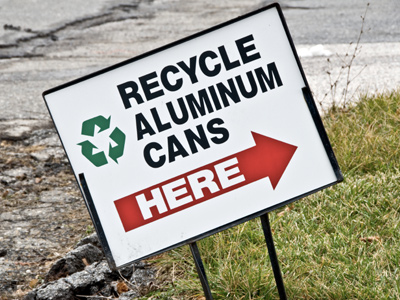In this high school Chemistry quiz, one of a series on metals, we look at the extraction of metals such as copper from both high grade and low grade ores.
The knowledge of how to extract metals from their ores has played an incredibly important role in every known civilization. The ability to make coins, tools and weapons from metals has changed the way lives are lead. The first metal to be used in many areas of life is thought to be copper in around 4,000BC. This is probably because copper is an easy metal to smelt. It was used to make saws and axes but until humans learned to alloy it with tin to make bronze, these weren't particularly good tools!
The reason why it is necessary to smelt metals is that they react with other materials like oxygen, sulfur etc to form compounds. Only a small number of unreactive metals, like gold for instance, occur native (naturally as the metal itself).
Smelting was probably an accidental discovery, perhaps a stone age human dropped a piece of jewelry into a fire and discovered a metal in the ashes. For example, in some places, the green mineral malachite can be found. This is an attractive mineral that could have been used for making simple jewelry during the stone age. This is mainly copper carbonate. If this is heated strongly, it undergoes thermal decomposition to form copper oxide, a black compound. It just so happens that when heated with carbon, copper oxide is reduced as carbon is more reactive than copper.
It is easy to see how a curious mind would experiment with other minerals, leading to the discovery and extraction of new metals. A little more imagination could lead to experimenting with mixing metals and very soon, you can see how early humans could have discovered bronze. In the same way these humans would then have learned better methods of extraction using carbon, including producing the conditions that are needed to extract iron. It is impossible to extract the more reactive metals like magnesium and aluminum using carbon. The human race had to wait until the discovery of electricity before that became possible.
As the best grade ores are extracted and smelted, that leaves us with only the lower grade ores to satisfy demand and so the price of metals has risen. Also, some ore will have been thrown out with the mining and processing waste, so this waste is effectively a low grade ore too. As they have become more expensive, methods of obtaining metals from these lower grade ores have been developed. These new mining methods can recover metals from low grade ores and waste, for example by phytomining using plants and bioleaching using microorganisms. The big disadvantage of these methods is the speed at which they work - much more slowly than conventional 'dig the ore out of the ground' methods. This makes them relatively expensive but, as long as the price of a metal is also expensive, it makes using them worthwhile to the mining companies.








